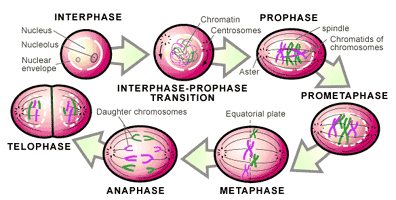Naturally throughout the process of creating the basis for this animation so far, a lot of things have inspired me, particularly various images I found.
First of all, as a standard foundation for my theme and concept, I looked at factories and studied the various little mechanics that cause everything to work as it should. I particularly looked at pipes and conveyor belts as these two pieces of machinery were frequently used in my storyboard.

Next, I thought about what type of colour scheme I'd be using. Color is vital to portraying a certain theme and atmosphere in a scene and this animation would be no different. What I want the audience to see is a cold harsh and unforgiving environent in which the life of a cell is under constant threat from elimination for either not functioning to its peak efficiency.
The various chrome metallic machinery only helped with this theme, so I looked at a few examples such as the Cybermen from Doctor Who, Lost Planet which puts particular emphesis on the constrast between blue and orange and the Terminator saga whose style of machinery is also a good example of what I want to portray in terms of style of technology.
Since I also wanted to give a sense of the vastness of the human body as a machine, I also took a look at huge, techological cities of the future, particularly at how the various roads and tubes machinery zip-zag and criss-cross across one another in a cold, metallic series of webbing. I wanted to let the audience see the sheer overgrowth of technology, so much so that its taken a mind of its own, acting more like growing plants than organized, man-made structures.



















































